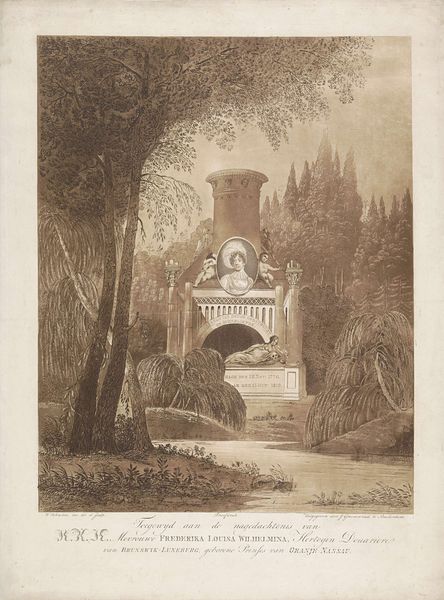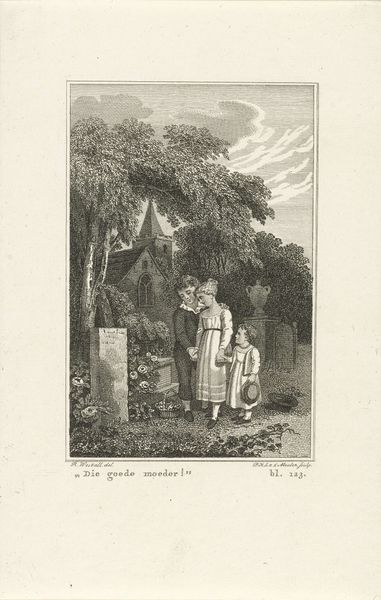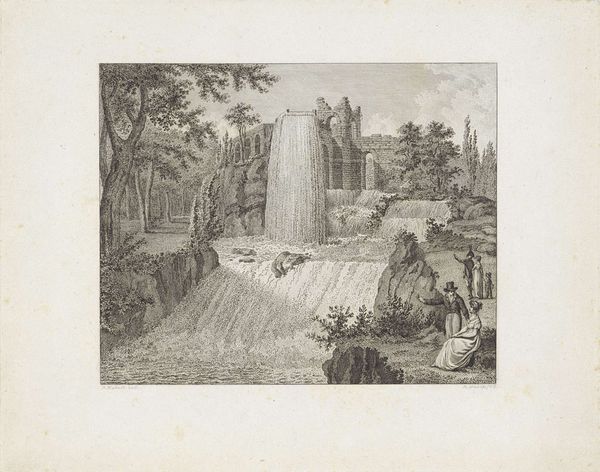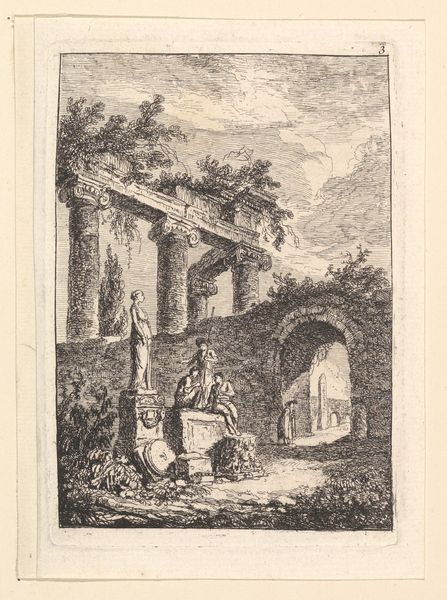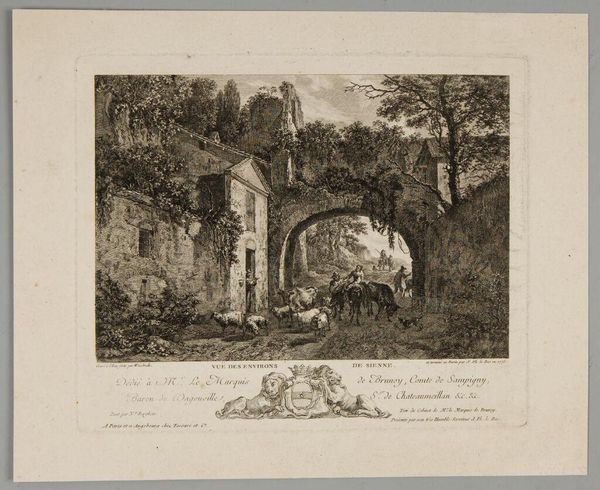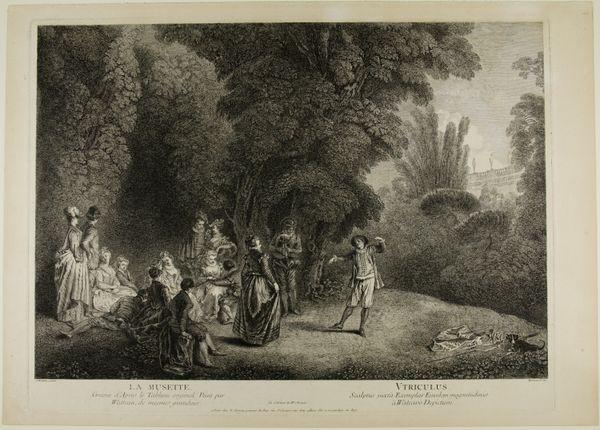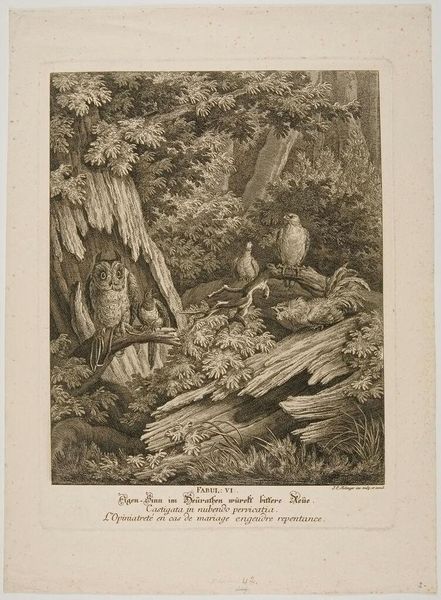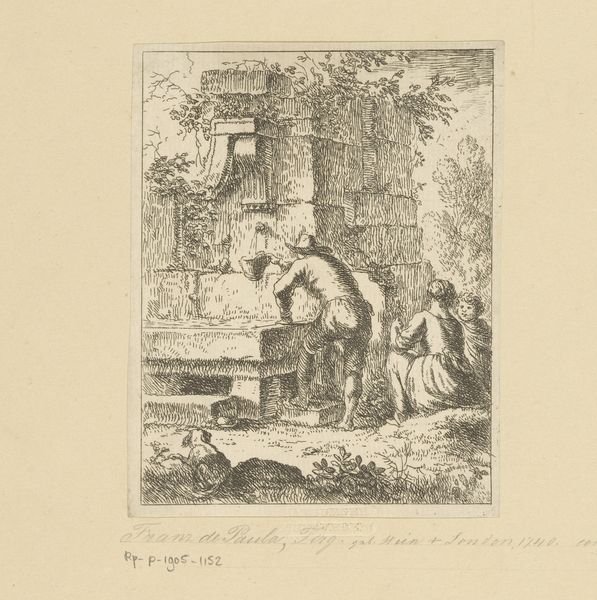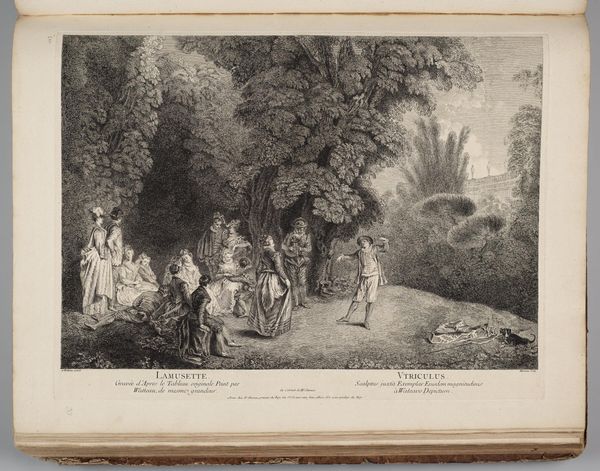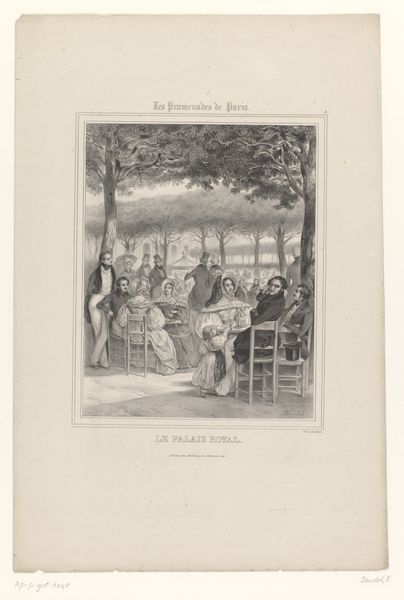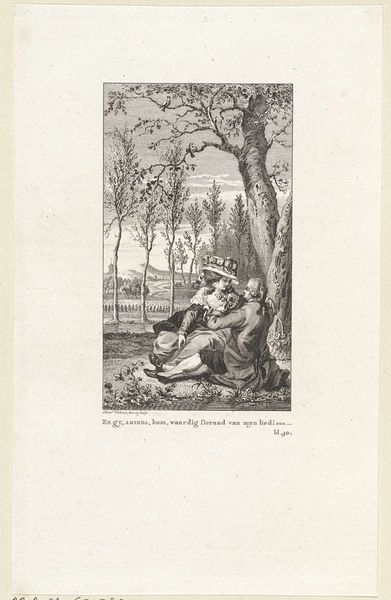
drawing, pencil, graphite, engraving
#
portrait
#
drawing
#
allegory
#
pencil sketch
#
landscape
#
charcoal drawing
#
pencil drawing
#
romanticism
#
pencil
#
graphite
#
pencil work
#
graphite
#
engraving
Dimensions: height 565 mm, width 435 mm
Copyright: Rijks Museum: Open Domain
Curator: Looking at this print, the first thing that strikes me is its somber yet serene mood. The muted graphite medium contributes to this feeling, don't you think? Editor: Absolutely. It feels melancholic, almost oppressively so. We’re looking at an engraving titled "Allegorie op de dood van prinses Louise van Oranje-Nassau," created in 1819. The delicate strokes of the graphite feel intentional, reinforcing that delicate finality we recognize as death. Curator: This piece operates on several levels. First, as a memento mori and political propaganda. Princess Louise’s death served the House of Orange in complex ways during this turbulent period in European politics. The classical architecture intertwined with weeping willows casts Princess Louise in a particular light. How can we apply feminist theory to recognize her political role? Editor: Agreed. And think about the materiality of the engraving itself—the labor involved in its creation, the process of transferring an image onto a copper plate. How was this print distributed? Who was its intended audience, and how did its reproduction democratize access to this kind of imagery? It's fascinating how a seemingly simple material object carries such weighty social significance. Curator: Yes, and look closely. The allegory of death represented by the reclining figure juxtaposed with the classical bust within the monument references historical ideals of female virtue. Where did Louise fit into societal concepts of women during this time? Editor: A mass-produced artwork functions as a form of communication; that it memorialized a Royal demonstrates class boundaries in the period that followed the French Revolution. Consider, for instance, the implications of graphite's widespread availability. The image could touch many people and serve a political role despite differences in material worth. Curator: Precisely! And isn’t it compelling how this Romantic-era work encapsulates personal loss within broader sociopolitical themes of identity and national pride? This allows the viewer to explore grief in relation to status and privilege. Editor: Indeed. When we scrutinize art with historical materialism, every deliberate line of graphite reveals layers of fabrication, societal power, class distinctions, and complex political considerations. It moves beyond a tribute, and instead gives a snapshot of complex systems and hierarchies.
Comments
No comments
Be the first to comment and join the conversation on the ultimate creative platform.
